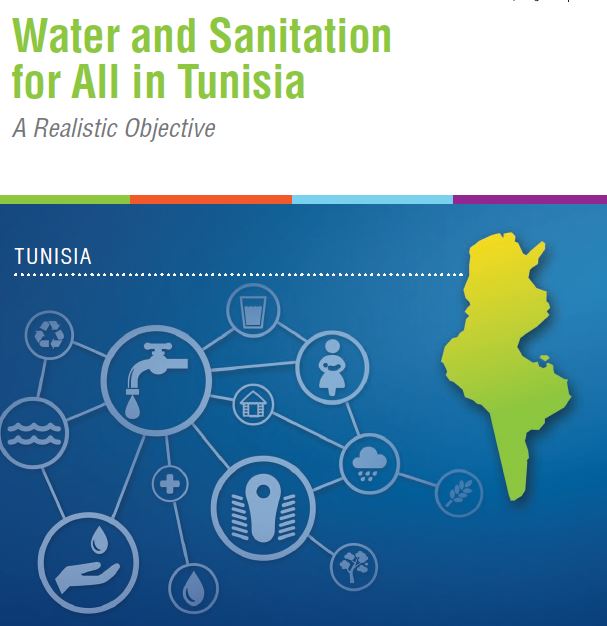Water and Sanitation for All in Tunisia A Realistic Objective
In recent decades, Tunisia has made remarkable progress in reducing poverty and increasing access to water supply, sanitation, and hygiene (WASH) services. Between 1990 and 2012, access to improved drinking water rose from 82 percent to 97 percent of the population, and access to improved sanitation rose from 73 percent to 92 percent. More than 4 million people in Tunisia have gained access to improved sanitation between 1990 and 2015, and 4 million have gained access to water. This is a significant accomplishment, considering that Tunisia is currently home to 11 million people, 33 percent of whom live in rural areas. The country is divided into 7 regions and 24 governorates. Poverty has decreased overall in Tunisia in the past few decades, but it remains unevenly distributed. According to recent government estimates, Tunisia’s poverty rates have dropped from 25 percent in 2000 to 15 percent in 2015, with an estimated 1.7 million poor people in 2015. The North West and Centre West regions have the highest poverty rates, with 28 percent and 31 percent, respectively, compared with lows of 12 percent and 5 percent in the Centre East region and Grand Tunis. The Centre West region remains the poorest in terms of its poverty and extreme poverty rates. Poverty is primarily a rural phenomenon in Tunisia. This applies both for income poverty and human development indicators, such as stunting and health outcomes (for example, maternal mortality).
